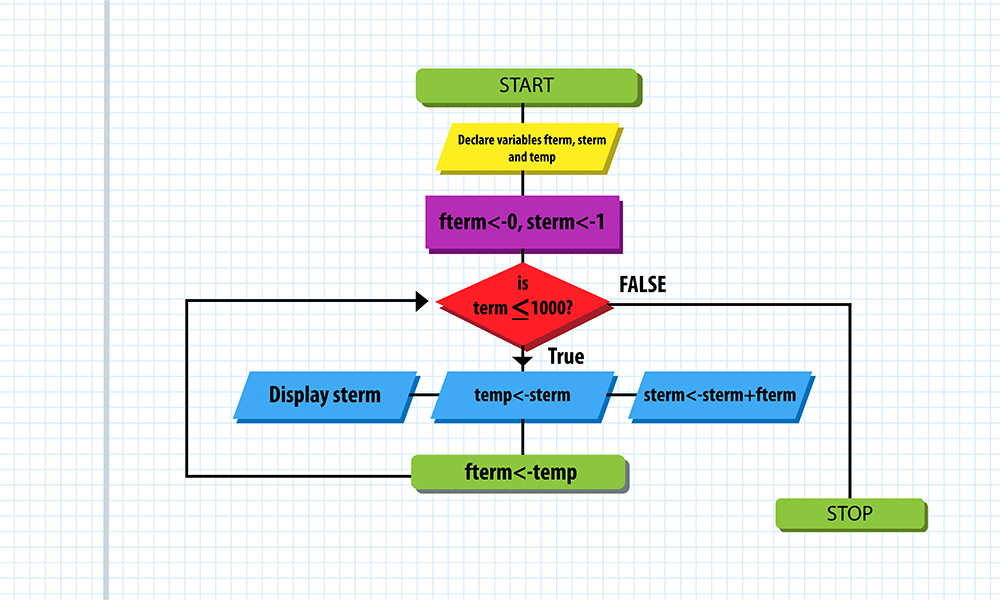
We have all probably, more or less, had the opportunity to meet this concept in different areas. But it is particularly interesting to note that the algorithm is primarily linked to the field of mathematics, to which it was first introduced, now way back in 1600. A mathematician of Persian descent, whose name was Al-Khwārizmī (Algoritmi), actually introduced the specific term to describe to the simplest extent possible the way in which decimal numbers should be counted. In fact, this term originates from the surname of the mentioned mathematician, and today it is less and less related to the field of mathematics, and more and more for informatics.
Generally speaking, the algorithm in the domain of computing and informatics is a series of orders that should be carried out on a specific device, that is within a specific program. It is assumed that absolutely every algorithm must be very precisely defined, that is, according to the rules, absolutely every step must be stated.
Specifically, we emphasize that there is no definition of this term that is the only one considered to be correct, and only one of those most commonly heard is that the algorithm represents precisely described procedures, which should lead to a clearly defined target. Then there is a definition that says that the algorithm is a set of specific actions, with a precisely defined order of performance, which should be applied to the precisely determined data, in order to achieve the desired results. Of course, there are many more options for defining the term, but the point is the same, and it refers to all those actions that must be performed in order to achieve a predetermined goal.
In order for a particular algorithm to be characterized as high-quality, it is necessary to take into account 5 rules when creating it. First of all, it must comply with the law of definition, which means that absolutely every segment contained in it must be very clearly defined and that there is no place for ambiguity. It is then necessary to take into account the rule of finality, that is, to pay attention to the fact that there must be a precisely defined number of segments, that is, steps that will lead to the final execution of a specific algorithm. The third rule that is also required when creating a particular algorithm relates to the importance of defining the number of inputs and outputs, but it is also important to take into account the efficiency of this algorithm. By this, it is meant that it is necessary that the action for which it is created is definitely brought to an end within a certain period of time. The last rule that distinguishes a quality algorithm in relation to others is its result, since if it fails to adequately respond to the original requirement, then it cannot be considered successful.
The term algorithmic structure can often be heard in the field of computing and informatics, while a different name for it is program structure, and in fact, it is defined as a set of a number of programming language commands. The division of these structures is considerably more complex, but generally, there are 3 basic: linear, cyclic and branched algorithmic structure. It is understood that each of them has its own peculiarities and is applied on a variety of occasions.
The programming languages of Koboli and Fortran or, Algol are considered to be so-called algorithmic languages, and their main purpose is to present, that is, to describe the process of solving a particular problem that is presented with a specific algorithm. In addition to being displayed using a programming language, algorithms can also be displayed in the form of a diagram, or graphically, but also in other ways, which only depends on the field of their application.
There are several principles that can be used to divide algorithms, provided that often the principles of their classification are the subject of dispute among IT professionals. Most often one can hear that the most common division is according to the methodology used for the development of a specific algorithm, that is, by the characteristics of the form used in that case. The division by the fields of action is also present in practice, as well as the one that is defined by the field of its application, and it can also be heard that the algorithms are classified by complexity.